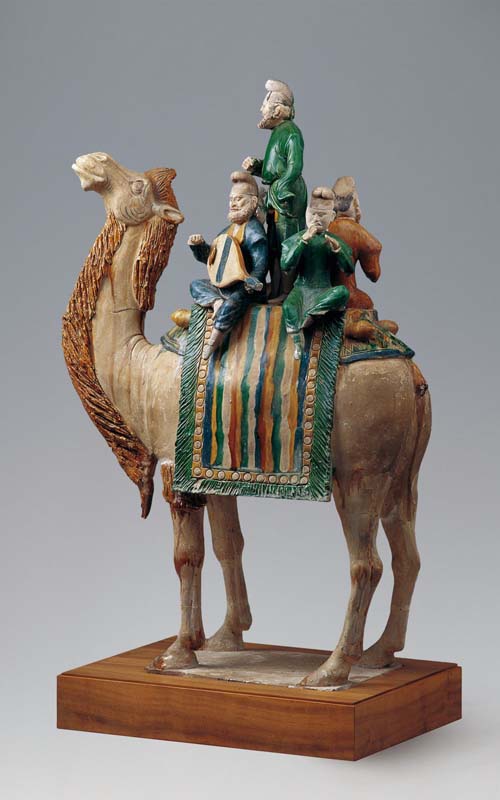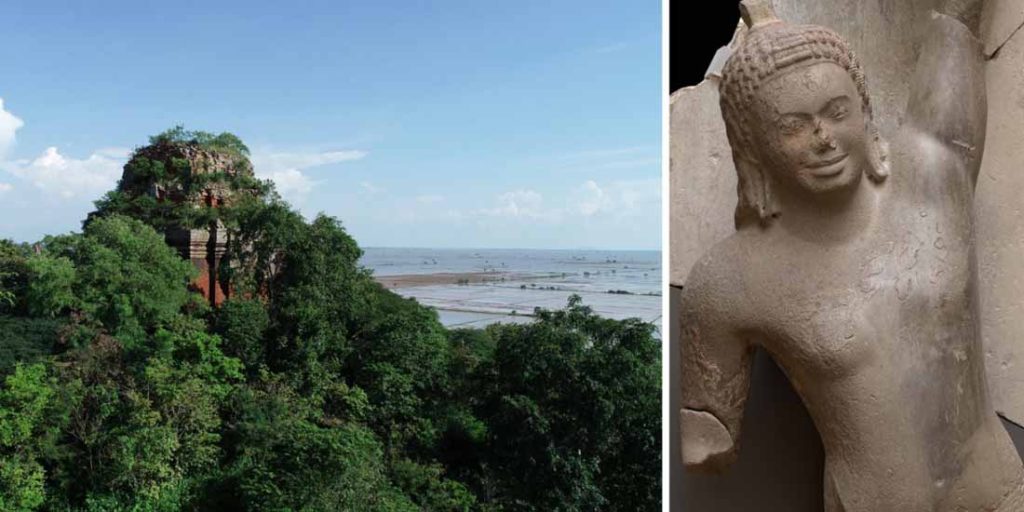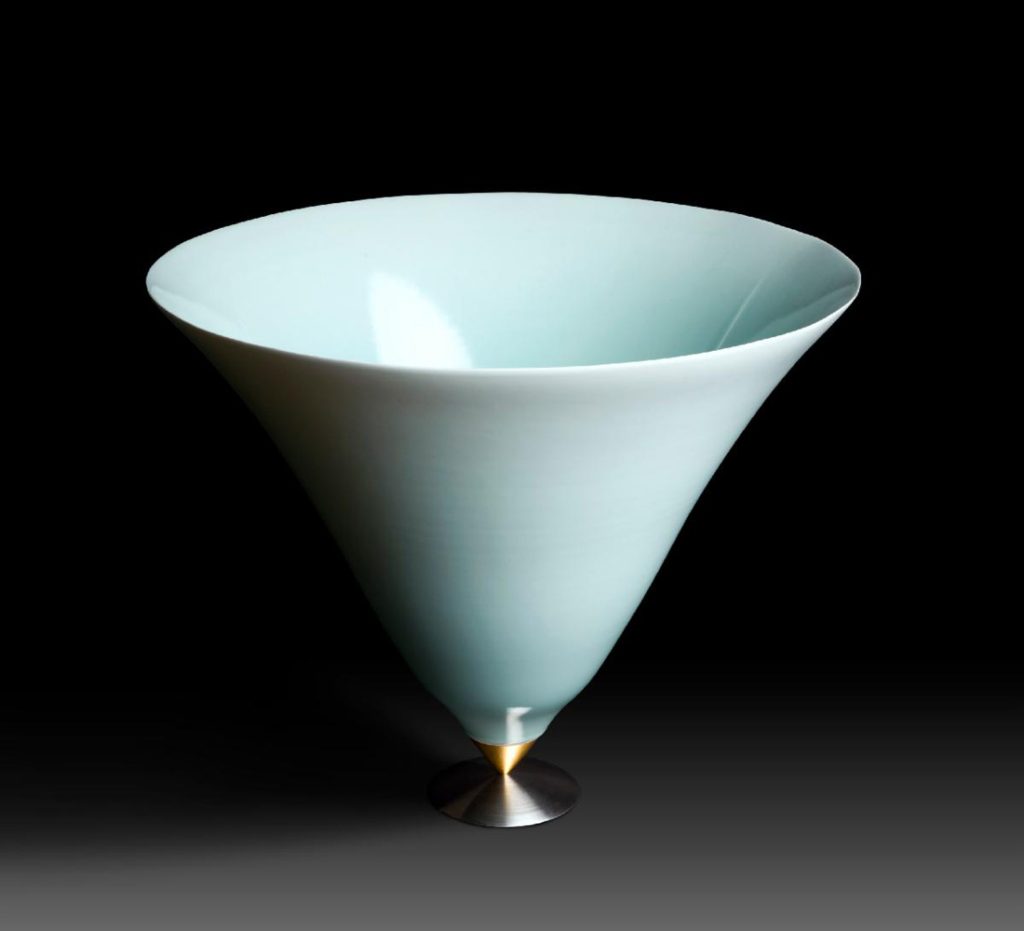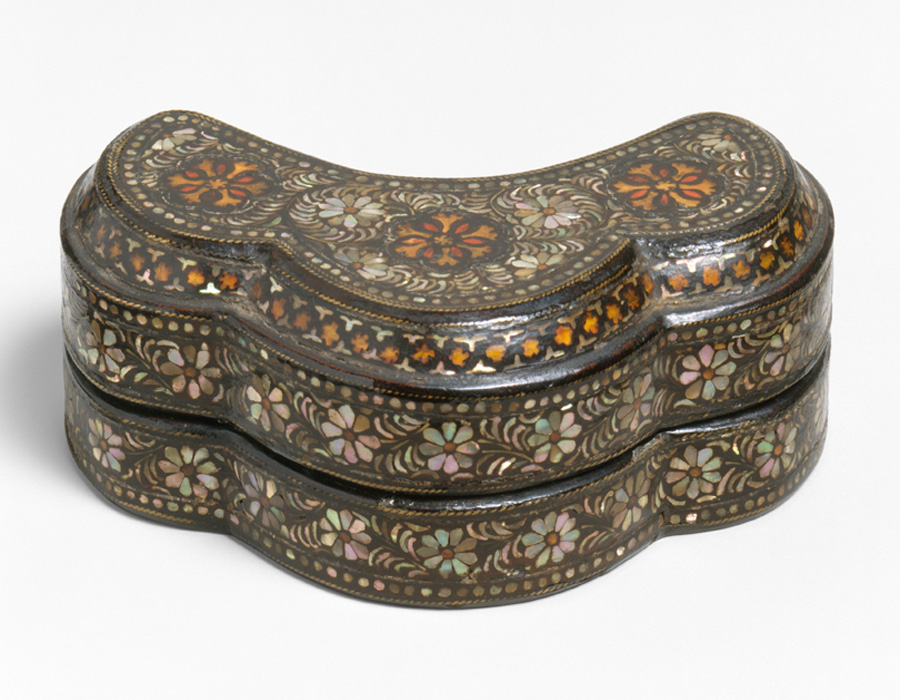
The Emperors Babur and Humayun, Folio from the Late Shah Jahan Album, Mughal dynasty, ca. 1640, opaque watercolor and gold on paper mounted on board, Purchase—Smithsonian Unrestricted Trust Funds, Smithsonian Collections Acquisition Program, and Dr. Arthur M. Sackler
For those who are unable to visit the National Museum of Asian Art, Smithsonian Institution in Washington D.C. in person, the museum's website offers a rich array of online exhibitions and educational materials for enrichment and enjoyment. Two online exhibitions that are currently available explore the art associated with Mughal emperor Babur and the Sogdians of Central Asia.
Writing My Truth: The Mughal Emperor Babur
The founder of India’s Mughal dynasty (1526–1858), Zahiruddin Muhammad Babur (1483–1530), rose from origins as a Central Asian princeling to rule a vast empire stretching across today’s Afghanistan, Pakistan, and India. Over the course of his extraordinary life, he wrote a memoir known as the Baburnama, weaving incisive observations on art and nature into recollections of love, war, and political alliances. Babur’s grandson, the Mughal emperor Akbar (reigned 1556–1605), later commissioned the translation Writing My Truth: The Mughal Emperor Babur brings together Persian paintings from Babur’s lifetime with Mughal paintings from 1580 to 1650, when his autobiography was illustrated and circulated.
To explore this exhibition, click here.

Camel with Musicians, Tang dynasty (618–907), glazed earthenware, H. 58.4 cm,
National Museum of China, Beijing
The Sogdians: Influencers on the Silk Roads
The Sogdians: Influencers on the Silk Roads is a new digital exhibition that explores Sogdian art through existing material culture. It focuses on the golden age of the Sogdians, from the fourth to the eighth centuries CE, when Sogdiana flourished through trade and agriculture. Sogdian emigrant communities spread across China, South and Southeast Asia, and into the Central Asian steppe and Mongolia. During these centuries, a highly sophisticated and distinct Sogdian urban culture developed, epitomized by richly colored wall paintings and exceptional textiles, metalwork, and sculptures. Various dimensions of Sogdian culture, from art, music, and feasting to religious and funerary practices, are presented in this digital exhibition. New 3-D models of metalwork objects, photographs of archaeological sites, and international scholarship reveal new details about these forgotten people.
To investigate this exhibition, click here.











